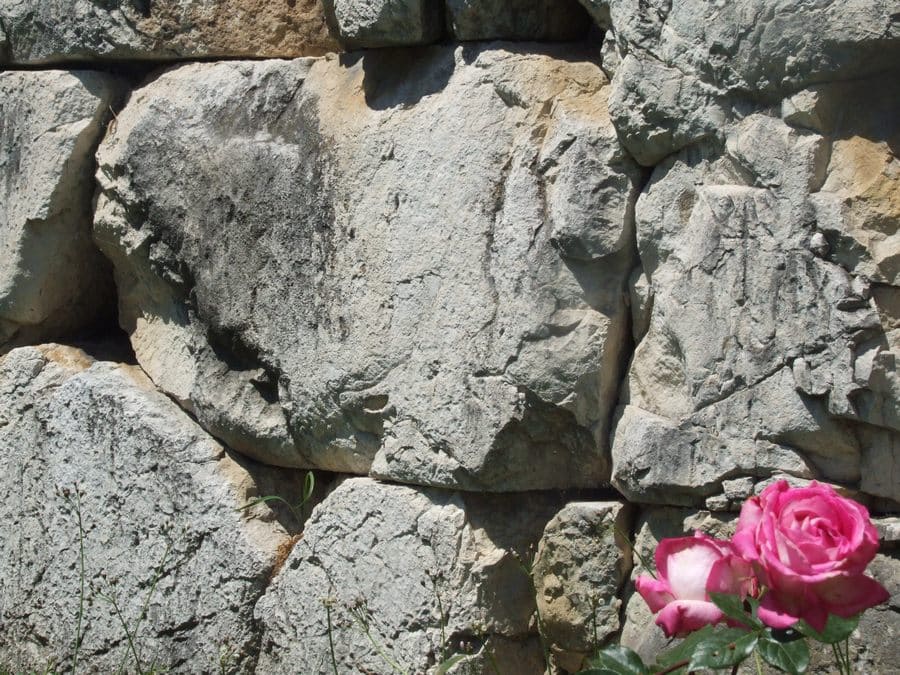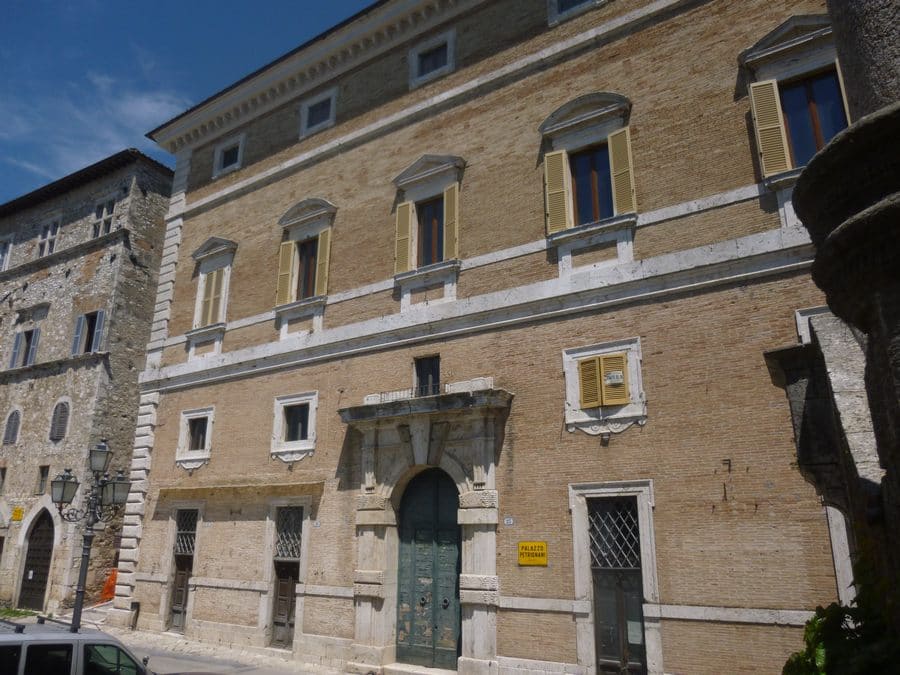What to see in Amelia, 5 must-see attractions
Amelia is a small and charming town nestled on the Umbrian-Latium hills in the province of Terni, just 30 km from San Gemini.
This town boasts a very long history, its construction dates back to 1,100 A.C. and, probably, it is one of the oldest residential settlements in central Italy.
After Carsulae, in fact, Amelia is the Umbrian village that boasts the highest concentration of historical artifacts dating back to the Roman era.
In this town, there are also interesting pre-Roman, medieval and Renaissance testimonies and its visitors can do a journey through the main historical periods.

So, find out what to see in Amelia in one day:
The walls
As soon as you reach Amelia, it is impossible not to notice the imposing walls that surround the ancient village and represent one of its oldest and most precious historical testimonies.
The walls of Amelia consist of several portions dating back to its various historical periods. The oldest walls date back to the VII-VI century BC, they are characterized by being made of huge boulders and are visible between the Teatro Sociale and Porta della Valle that offers a striking view on the surrounding natural area.
The walls of the upper part of Amelia dates back to the late Roman Age and the early Middle Ages and are interrupted by several gates such as Porta Romana, Porta Leone IV and Porta Posterola that allowed access to the village.

The Roman Cisterns
The Golden Age of Amelia dates back to the Roman Epoch and, in fact, many evidences of this period are still visible and includes the amazing Roman Cisterns.
These cisterns were built between the second and first centuries BC under the forum that today corresponds to Piazza Matteotti and present 10 intercommunicating environments of equal size.
The extraordinary capacity of Romans to built important and futuristic infrastructure is testified by the fact that these cisterns are still functioning after two thousand years from their construction.
- Useful information: to access the Roman Cisterns it is necessary to pay an entry ticket that allows access, also, to other 15 museums of the Circuito Museale Umbro including the Civic Archaeological Museum and the Petrignani Palace in Amelia. The full ticket costs 7 euros, the reduced ticket for children aged 6 to 14 years costs 2 euros, while children up to 5 years can access for free.
The Civic Archaeological Museum
Another important attraction to see in Amelia is the Civic Archaeological Museum housed in a former Franciscan convent built in the 13th-14th centuries.
In this museum, you can admire important archaeological finds dating back to pre-Roman, Roman and early Middle Ages.
Among the most interesting finds, there are rich funerary objects, jewels and coins, which highlight the presence of commercial traffic with Ancient Greece, found in an ancient pre-Roman necropolis.
Other important finds are the skeleton of a dog buried near a child, testimony of the long-standing friendship between the descendants of the wolf and the man and the wonderful bronze statue of the Roman general Nerone Claudio Druso, called Germanic.
- Useful information: to access the Civic Archaeological Museum it is necessary to pay an entrance ticket that allows access, also, to other 15 museums of the Circuito Museale Umbro including the Roman Cisterns and the Petrignani Palace. The full ticket costs 7 euros, the reduced ticket for children aged 6 to 14 years costs 2 euros, while children up to 5 years can access for free.
The Petrignani Palace
Another interesting historical building to see in Amelia is the Petrignani Palace, located in Piazza Marconi, one of the main and most lively gathering places of this town.
The construction of Petrignani Palace began in 1571 at the behest of Fantino Petrignani, one of the patrons of Caravaggio, and today represents an amazing example of a 16th-century noble building.
Wandering among the rooms of this palace it is possible to admire wonderful frescoes, attributable to the Zuccari school, which adorn its walls and its ceilings.
- Useful information: to access Petrignani Palace it is necessary to pay an entrance ticket that also allows access to other 15 museums of the Circuito Museale Umbro, including the Civic Archaeological Museum and the Roman Cisterns. The full ticket costs 7 euros, the reduced ticket for children aged 6 to 14 years costs 2 euros, while children up to 5 years can access for free.

The Farattini Palace
Among the main attractions to see in Amelia, there is also the Farattini Palace, one of the most important buildings of this town built on pre-existing Roman baths whose remains are still visible in its cellars.
The construction of Farattini Palace dates back to 1520 to a design by Antonio da Sangallo the Younger.
Subsequently, this promising architect received from Cardinal Alessandro Farnese, who later became Pope Paul III, the task of building Palazzo Farnese in Rome, later completed by Michelangelo. This important Roman palace was considered one of the “Four Wonders of Rome” a term used until 1800 to identify 4 buildings in Rome that stood out for their luxury and fame, namely Palazzo Farnese, Palazzo Borghese, Palazzo Caetani today Ruspoli and Palazzo Sciarra -Column.
So, the Farattini Palace can be considered the prototype of a type of noble residence that has become very fashionable.
- Useful information: Farattini Palace has been transformed into a resort and now can be admired only from the outside because it has been damaged by the last earthquakes that devastated central Italy.
